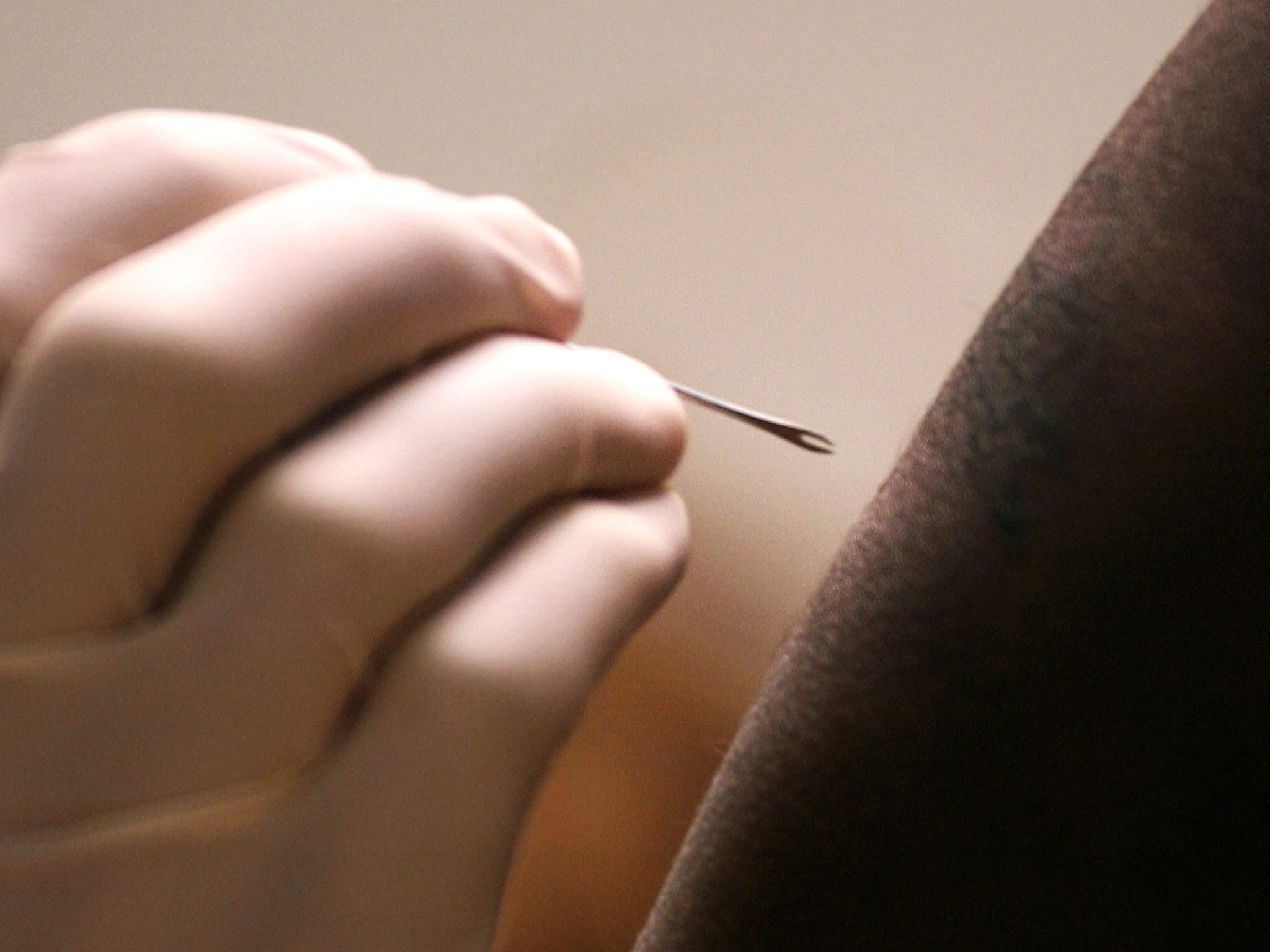Last remaining smallpox samples await destruction, but scientists plea for reprieve
To protect against use as bioweapons, Russian and American labs hold the eradicated virus, though they may soon be destroyed

Your support helps us to tell the story
From reproductive rights to climate change to Big Tech, The Independent is on the ground when the story is developing. Whether it's investigating the financials of Elon Musk's pro-Trump PAC or producing our latest documentary, 'The A Word', which shines a light on the American women fighting for reproductive rights, we know how important it is to parse out the facts from the messaging.
At such a critical moment in US history, we need reporters on the ground. Your donation allows us to keep sending journalists to speak to both sides of the story.
The Independent is trusted by Americans across the entire political spectrum. And unlike many other quality news outlets, we choose not to lock Americans out of our reporting and analysis with paywalls. We believe quality journalism should be available to everyone, paid for by those who can afford it.
Your support makes all the difference.The World Health Organisation will this month consider whether to destroy one of the most damaging killers in history, but a group of US scientists hope that they can save the virus that causes smallpox from extinction. The argument comes as a second cousin of the virus, which experts fear could be used for terrorism, is discovered in Georgia.
Smallpox was declared eradicated in 1980, when it became the only human pathogen ever to be eradicated. Two samples of variola, the virus that causes smallpox, have since then been locked in high-security labs in the US and Russia. The World Health Organisation (WHO) is considering whether to destroy those samples, which are used for testing in case the virus is intentionally released.
Scientists use the samples to work on new antiviral drugs and to study related diseases, and a group of researchers has written a new article asking the WHO not to destroy the samples because that work is not yet complete.
“This research remains vital, and we believe that the original goals of the WHO agenda for newer and safer vaccines, fully licensed antiviral drugs, and better diagnostics have still not been fully met,” say the authors of the article.
Many people continue to receive the vaccinations, which do not contain smallpox. The US holds a large enough stockpile of the vaccine that it could provide them to the entire population in the event of an outbreak.
The most deadly variant of smallpox kills around 30%-35% of its victims. The disease emerged around 10,000BC, and the earliest evidence of it is a rash on the mummified body of an Egyptian pharoah. It killed around 300-500 million people in the 20th century.
The researchers plea comes as two farmers in Georgia have been diagnosed with a new disease, a second cousin to smallpox, the American Center for Disease Control said yesterday. “We consider this family of viruses very important because smallpox could be used as a bioterrorism agent,” disease detective Neil Vora told NPR. The virus isn’t yet named because so little is known about it.
Join our commenting forum
Join thought-provoking conversations, follow other Independent readers and see their replies
Comments